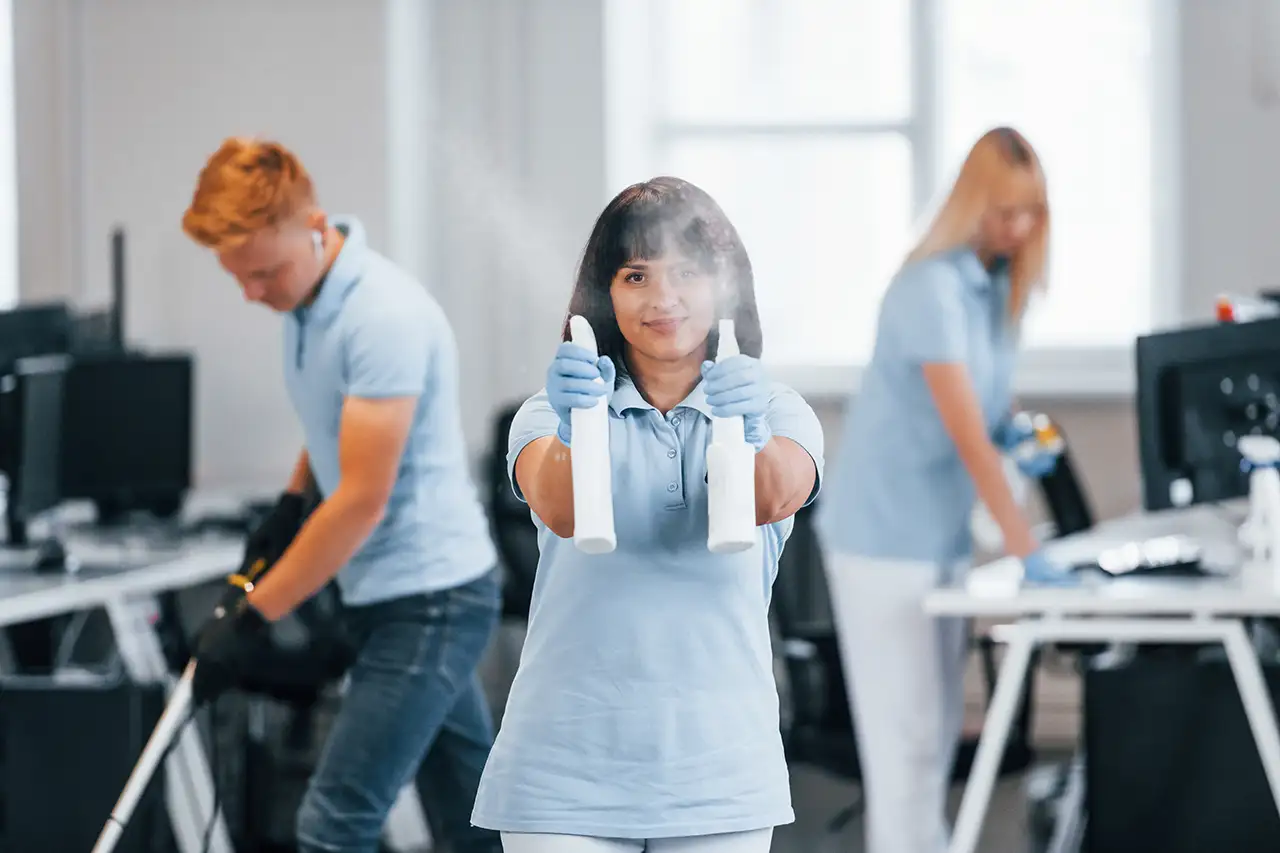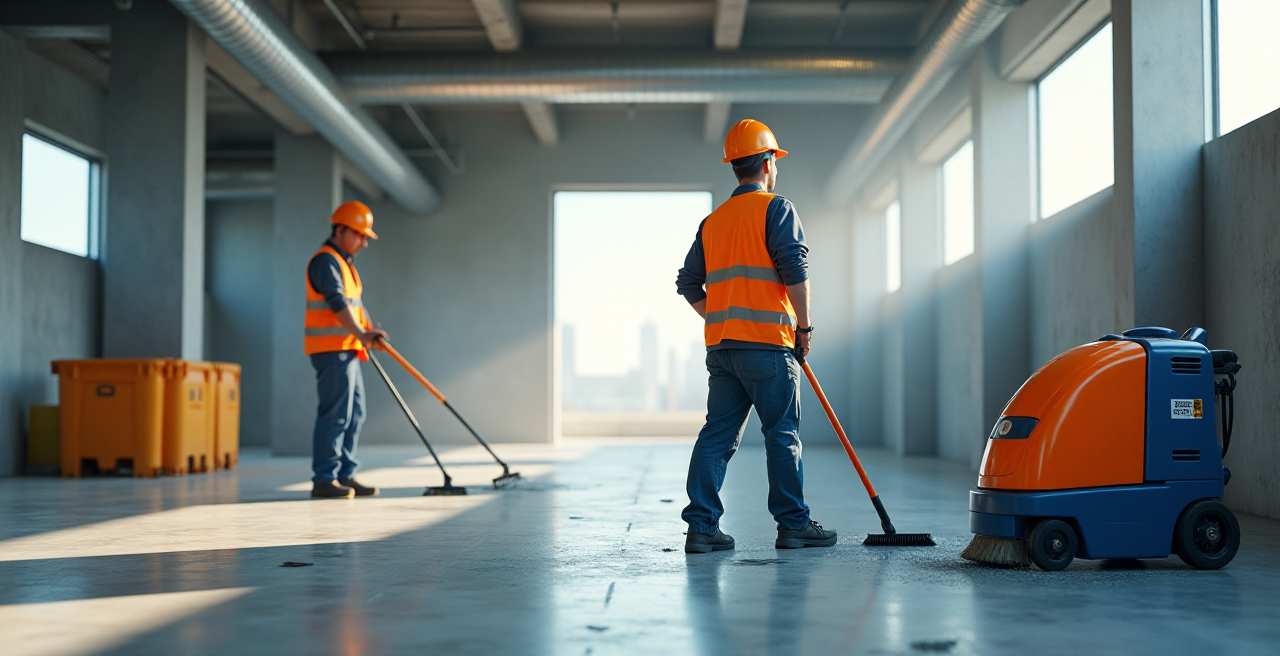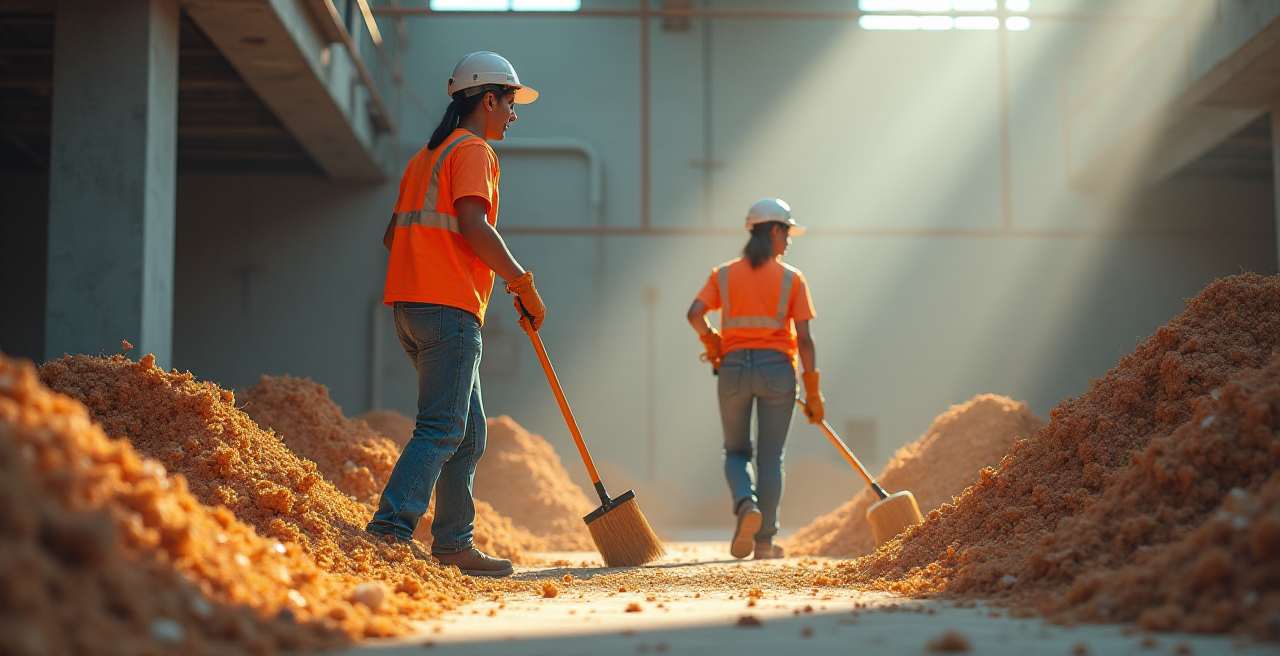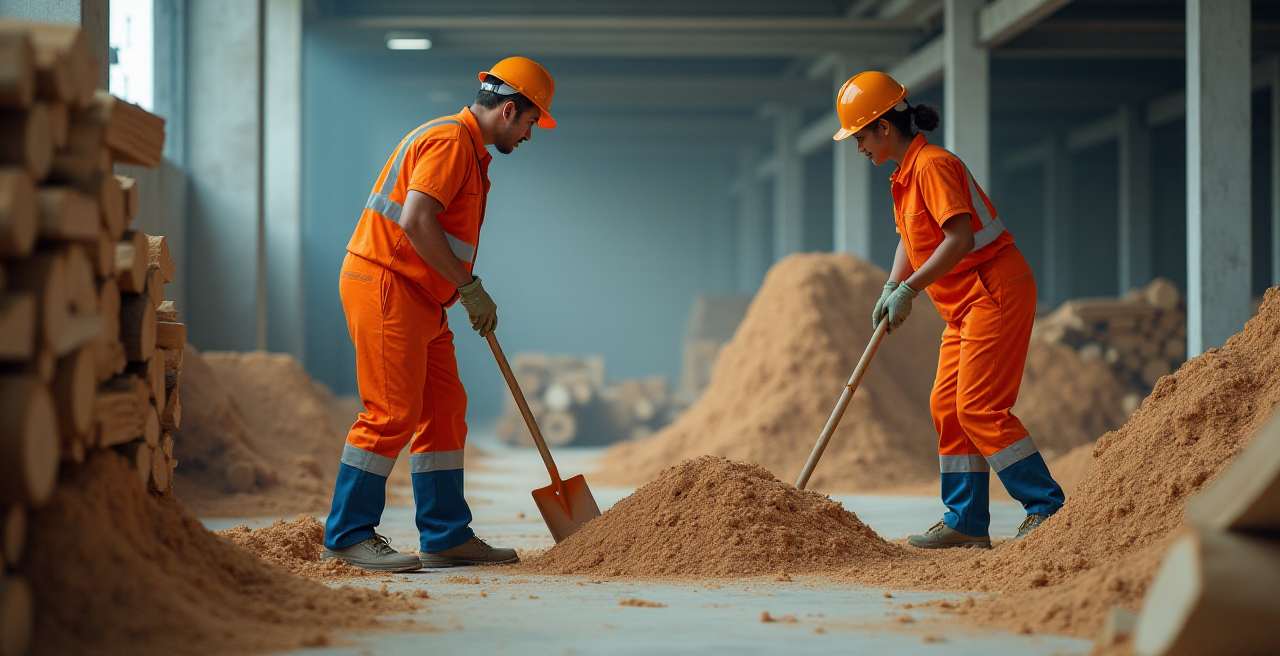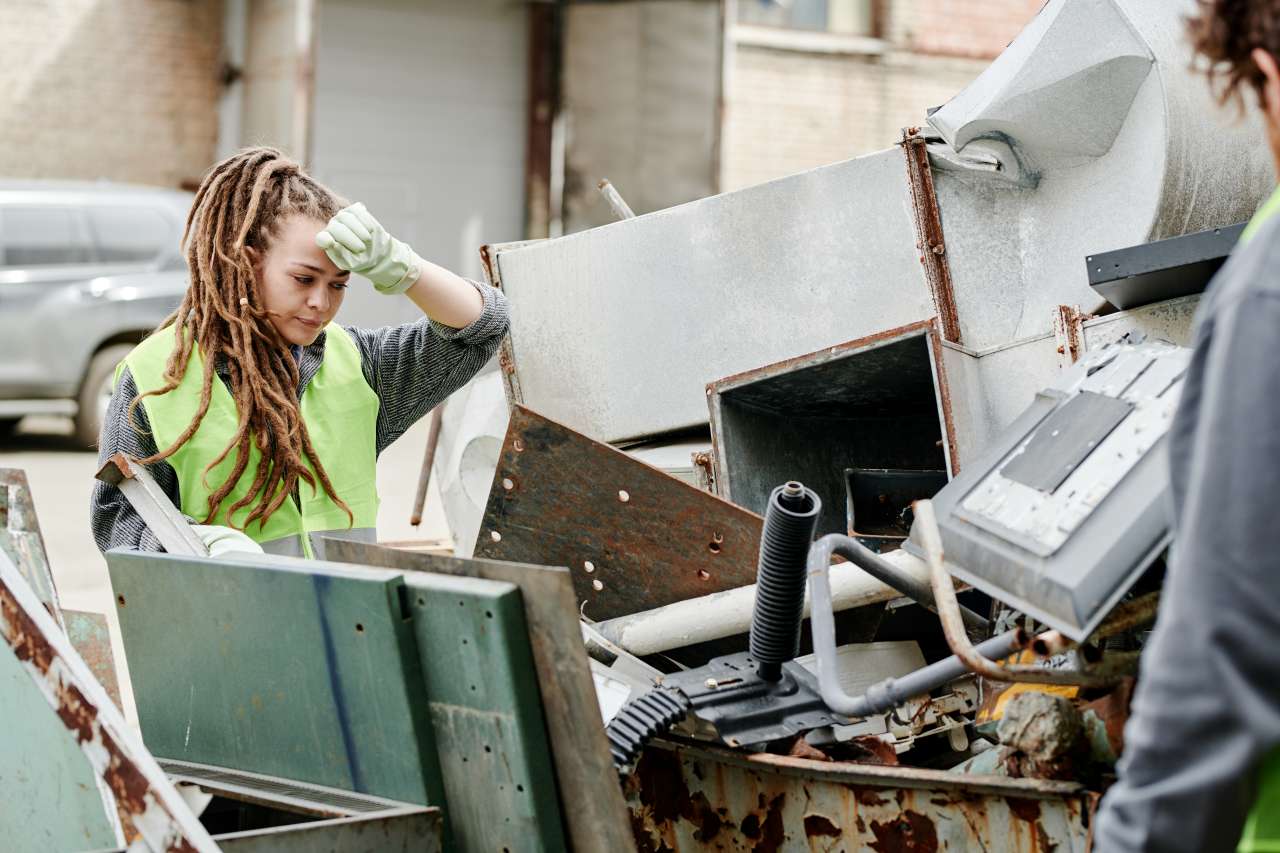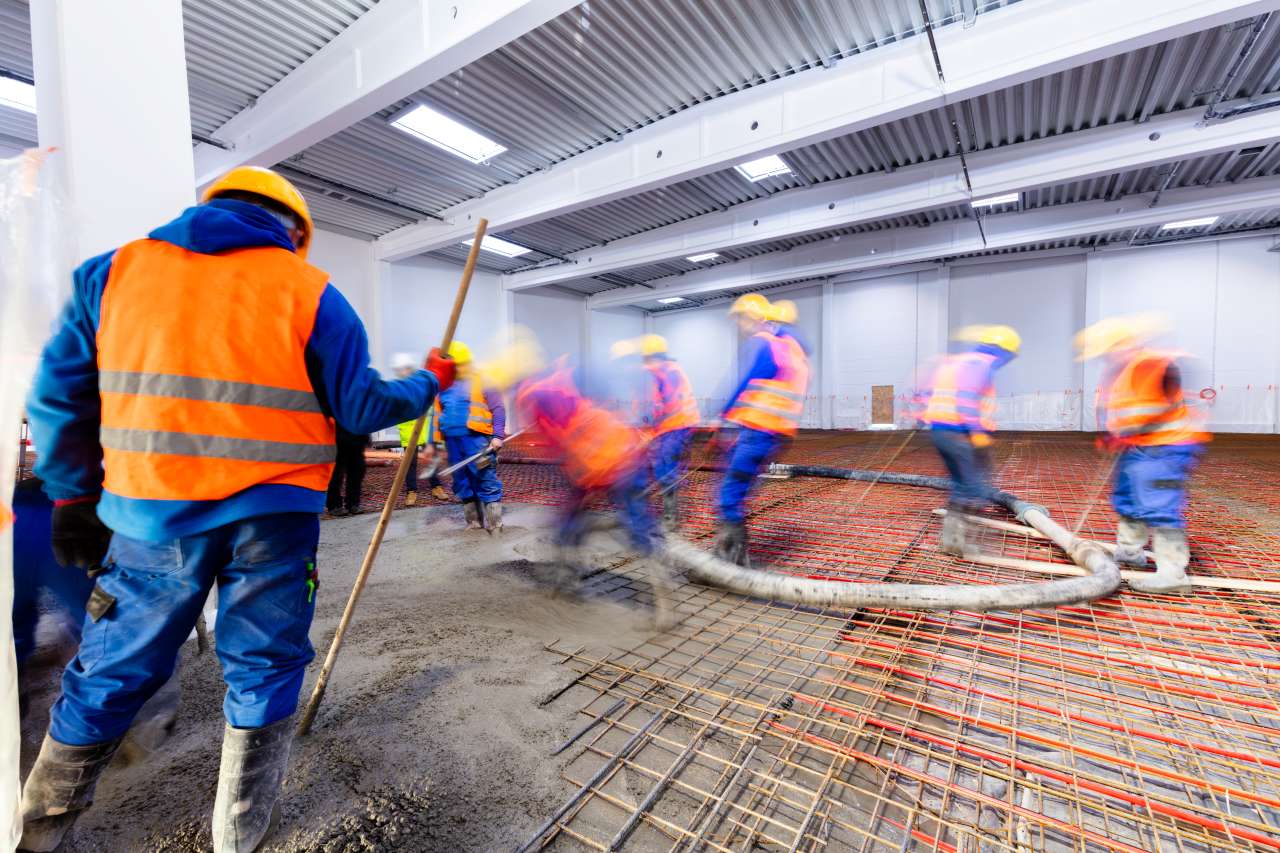According to the Centers for Disease Control and Prevention, the best prevention measure for the spread of COVID-19 and other respiratory infections is the routine cleaning and sanitizing of surfaces. Recent studies have found that the coronavirus that causes COVID-19 can sit on various surface materials for hours. To ensure the safety of visitors in offices, schools, mass transit, factories, etc. it is important to understand the difference between cleaning and disinfection.
Keep reading to learn more about these important differences…
Cleaning
Cleaning is the process of removing dirt, impurities, and germs from different types of surfaces. This means it doesn’t specifically kill parasites but removes them to lower their numbers and the potential risk of transferring disease and infection.
Disinfecting
Disinfecting refers to using Environmental Protection Agency (EPA) -registered chemicals to kill all germs on different surface materials. This process doesn’t remove germs or clean dirty surfaces but kills germs after the cleaning process. A deep clean with disinfection can significantly lower the risk of spreading infections.
Common Areas To Disinfect
Depending on the location, different areas within a building require different protocols regarding cleaning or cleaning and disinfecting. High-touch points must always be disinfected and may even need to be disinfected several times per day. The most common high-touch areas include chair handles, doorknobs, handrails, light switches, and soap dispensers.
Effectiveness Of Disinfectants
Disinfectants eliminate 100% of germs when used according to the manufacturer’s directions. Every commercial cleaning solution must be registered with the EPA and cannot be classified as a disinfectant unless tested and proven to kill 100% of the germs it’s claiming to eliminate. For disinfectants to be effective, there is a recommended dwell time, which varies based on the type and organism. Certain places, like hospitals, require a higher grade disinfectant than a factory.
Dwell time refers to the amount of required time a sanitizing product must be wet on specific surfaces to efficiently kill organisms. Different products require varying dwell times based on EPA requirements and the contact time with each parasite. Surfaces not properly disinfected increase the risk of spreading disease-causing illnesses. That means, even missing one inch of surface or not giving the disinfectant proper dwell time could allow the bacteria to reproduce thus furthering the spread.
Although reducing the number of germs at any location is critical, different buildings require different disinfectant products, frequency of application, cleaning requirements, and surfaces to be effective. For this reason, a successful approach is to have a professional disinfection crew clean and sanitize specific high-touch areas. They will do a thorough and professional job to ensure the risk of the spread of any germs is kept to a minimum.
(610) 657 – 5621
www.cleanhorizonsllc.com

